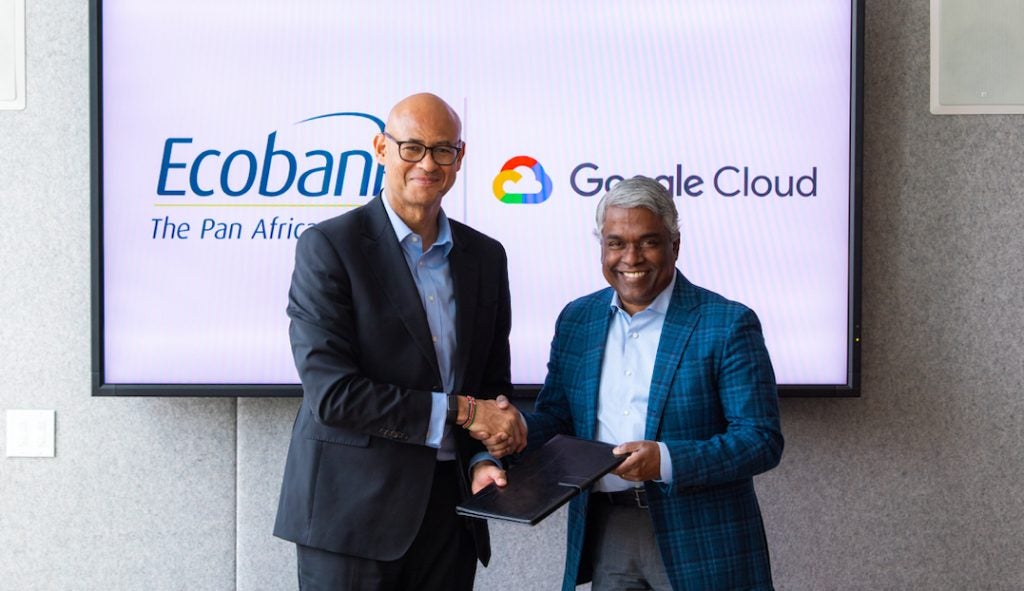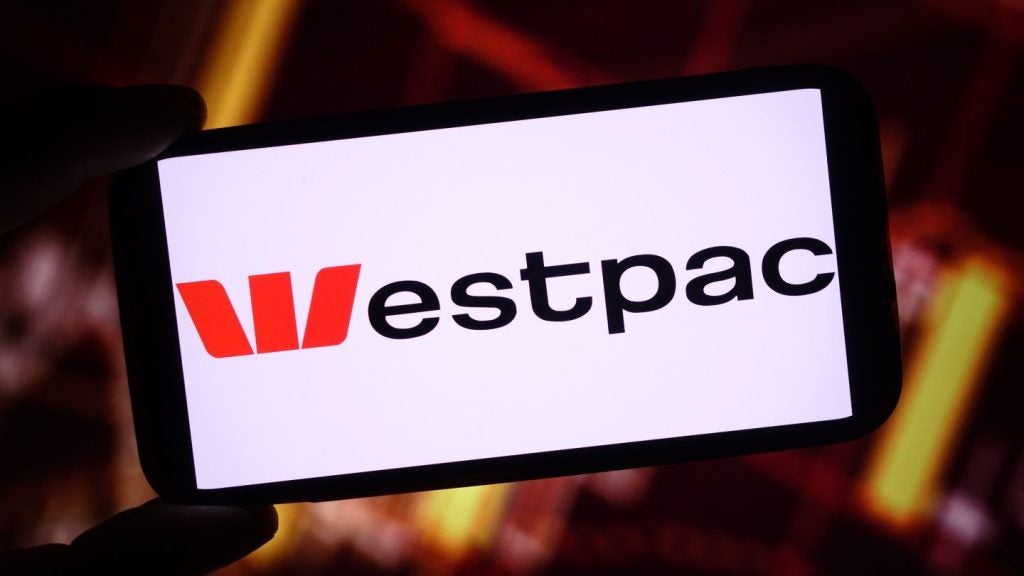The number of mobile banking users across the world is predicted to double to nearly two billion users, over a quarter of the world’s population, in the next four years. This is according to research from KPMG and UBS Evidence Lab. Patrick Brusnahan reports
In its news Global Mobile Banking Report, KPMG found that while mobile is currently the largest banking channel by volume of transactions, its adoption by new customers is still increasing at a fast rate. While the number of mobile banking users is currently 0.8 billion, KPMG expects this number to reach 1.8 billion by 2019.
As a result, the report claimed that banking without a clear mobile banking strategy will lose customers and cross-sell opportunities in the short-term, as well as hindering competitive advantages.
The report forecasts that the next 5-10 years will see exponential growth in this sector before the growth curve flattens.
Adoption rates are highest in developing countries, hitting 60-70% in China and India, while developed nations such as the US, Canada and the UK have lesser adoption rates.
Currently, almost all banks have some form of mobile banking offering, whether it is developed in house or through a third-party, such as Monitise.
Customer profiling
People in their mid- to late-thirties are the optimum target market for mobile banking, which reflects a level of ‘technological comfort and relatively high economic activity’. This drives the relevance of competent mobile banking services and higher adoption rates.

US Tariffs are shifting - will you react or anticipate?
Don’t let policy changes catch you off guard. Stay proactive with real-time data and expert analysis.
By GlobalDataWhile mobile capability is a factor in which bank a switcher would select, UBS’ research showed a negative correlation with the likelihood of mobile banking users remaining with their current institutions. The report suggested that this could be due to the more technologically savvy being more demanding of their providers.
In a very general sense, mobile banking services are led by banks in the developing world and largely by telcos in the developing world.
Difficult security issues
Financial institutions with mobile solutions have a difficult balance to maintain. There needs to be short- and long-term strategies, capability and security.
The report said: "As customers demand frictionless online experiences, especially on mobile devices where there is a particular demand for speed and responsiveness, organisations need to match the roll out of functionality to perform riskier transactions with their ability to authenticate the device, the application, and the user, in ways preferred by the customer and permitted by local laws and regulations."
Today, users with non-tampered devices with applications from official vendors have relatively little to worry about. Not much vulnerability has been utilised by malware. However, as mobile becomes more dominant for banking services, malware will increasingly target mobile devices. As a result, banks need to focus on the current threat landscape or a more pragmatic strategy that can evolve as other threats take shape.
Creating an end-to-end mobile channel architecture is not completely different from creating any other architecture in a technology driven domain. However, if institutions are already on a fairly monolithic or poorly structured solution, it may be at a dead-end and have to move backwards before moving forwards. Developing a capable response to the changes in technology may also take longer than usual. An evolving architecture is the way forward and the one most likely to survive.
The ability to be omnichannel and multi-provider is also crucial. The lines are blurring between Google, Apple, and Microsoft and banks or payment solution providers need to be available on all smartphones and digital devices to maintain relevance.
Europe
Across the whole of Europe, the average adoption of mobile banking services was at 38%. The UK exactly matched that average and the report stated that the country was a ‘bellwether for both the rest of Europe, and also parallels other developed economies such as the US and Australia’.
The UK can be considered to be a mature market in both online and mobile banking services with most banks having launched these services around 2010. The report showed a quick initial take-up of services by early adopters in the market.
An interesting aspect of this was that British consumers were already utilising banking services on their smartphones prior to the designed-for-purpose services. This is despite the user experience being particularly tricky and particularly unsuited to mobile phones. The banks had to actually catch up with their customers and provide dedicated mobile services.
Early mobile products were purely service propositions with no specific focus on selling. This was a bit of a nuisance for banks as cross-sales through online channels were growing at a steady pace.
A minority of banks made severe mis-steps in their mobile functionality, allowing their apps to do nothing except check account balances. This led to extremely critical reviews on the Apple App Store and provided a big lesson for banks; if you fall behind, it is very difficult to catch up.
The United States
Both regional and national banks in the US have launched apps with new functionalities that have made the mobile channel a preference for a large chunk of consumers. Basic features, such as alerts, have moved towards a more advanced login and account management features.
Utilising existing features in smartphones, such as GPS and biometric authentication, has added multiple functionalities to mobile apps. Even the camera is getting used to its full potential with 56% of North Americans reporting interest in video chat with a bank representative using a mobile or tablet.
The report concluded: "The banking industry is entering a hugely exciting phase of development but one that will also present major challenges to profitable growth. As data from numerous sources make clear, usage of mobile banking services will continue to grow, and at an accelerated rate, over the next five years until they become essential and ubiquitous."







